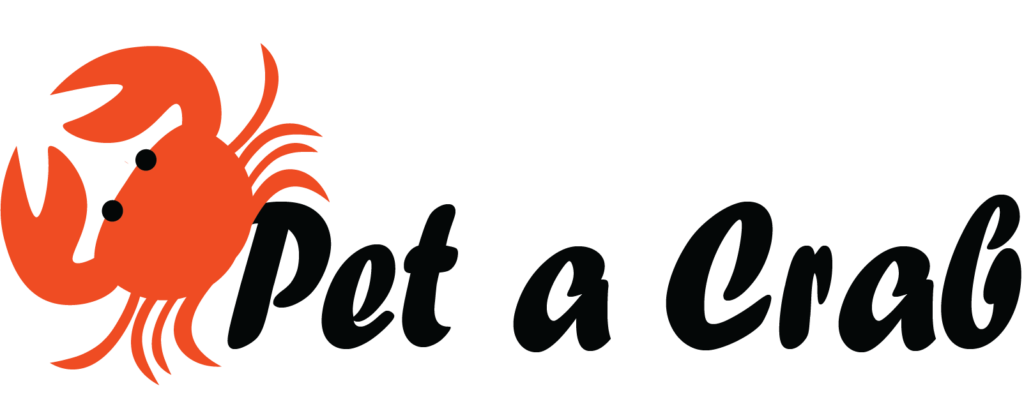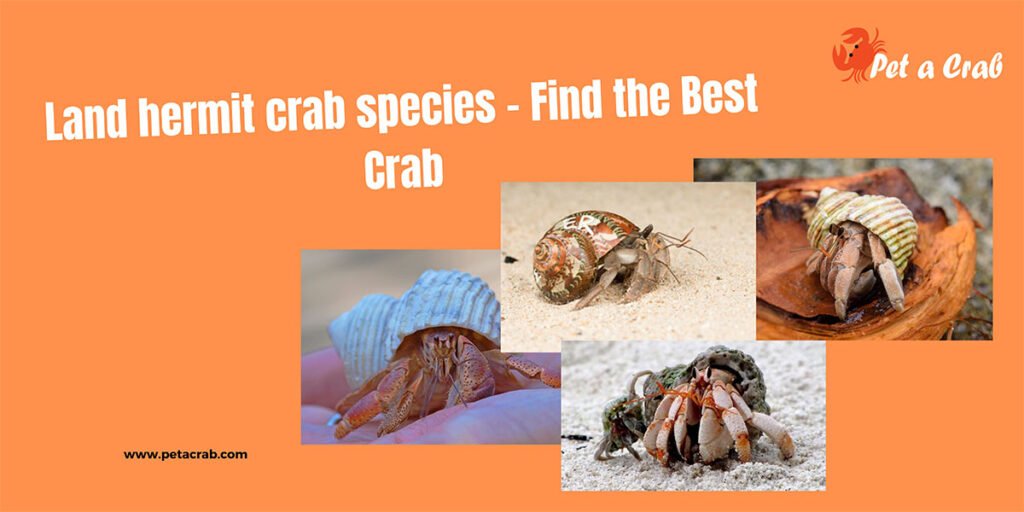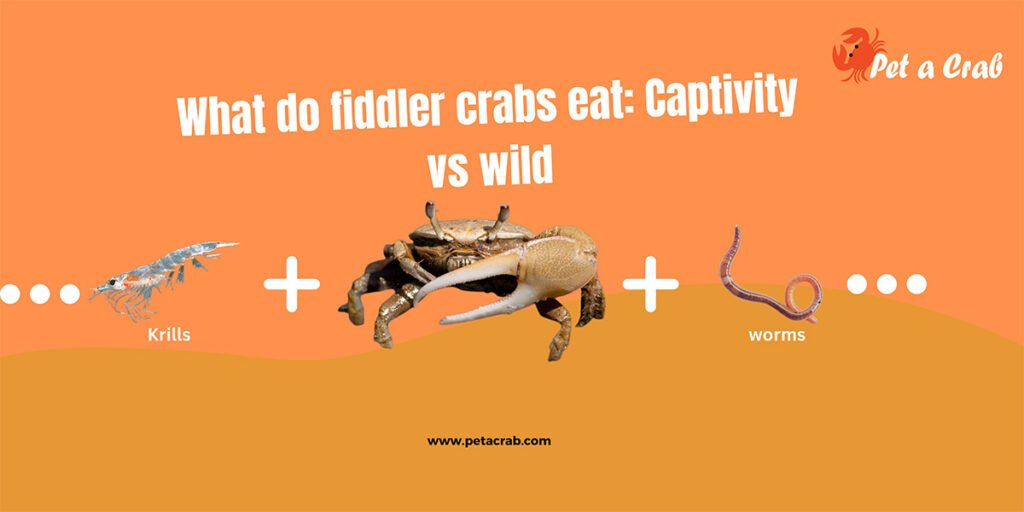Coconut crab is one of the most fascinating creatures of the animal kingdom. According to the Guinness World Record, it is the largest crustacean that spends its adult life on land. They reside in remote islands in The Pacific and Indian Oceans. Coconut crabs are also known as robber crabs or palm thieves.
However, their life involves many interesting things. From foraging behavior to its significant role in Iceland their life is full of surprises. In this blog post, we are going to explore the fascinating life of coconut crab.
Appearance
Coconut crabs are the biggest terrestrial arthropods in the world. According to Wikipedia, the weight of coconut crab is up to 4.1 kg (9lb). Also, the distance from tip one to the tip of another can be 1 m. The adult ranges in coloring from light violet to brown and deep purple.
But young adults are brown with black stripes on their legs. The older one develops hard skin but the juveniles use shells to protect their abdomen. For open hard things like coconut, they have large muscle claws.

Coconut Crab’s Habitat
Coconut crabs are different from other crustaceans. Because they have brilliantly adapted to terrestrial lifestyle away from the aquatic environment. Essentially, these creatures are found on the sandy shores and forests of tropical and subtropical islands. In the Pacific and Indian Ocean islands, they like to live because the humidity and temperature in this environment are ideal for them.
Most crabs rely on water for survival but coconut crabs have special adaptations on the land. Frankly, this environment allows them to breathe air properly. On hot days, they seek shelter in burrows or hide under the rock shelves. However, this hiding maintains moisture levels and avoids the scorching sun. This behavior not only benefits their survival but also reduces water loss.
Honestly, this is crucial for their terrestrial survival. They emerge at night to feed and explore because of their nocturnal behavior. Ultimately, it minimizes the risk of predation and excessive heat exposure. Although their habitat offers more than a living. It also provides a rich source of food and a secure area for breeding.
Diet and Foraging Behavior of Coconut Crab
Coconut crab’s cuisine extends beyond the coconuts that they are famously known for. Essentially, their menu includes different types of fruits, nuts, seeds, leaves, and the decaying remains of dead animals. However, this kind of diet is necessary for their survival and growth. Also, it helps them to have proper nutrients. Surprisingly, their iconic skill is opening and harvesting coconuts.
They have the strength to climb trees and fetch coconuts. By using their pinchers they can open the coconuts and eat the contents inside. Truly this shows their foraging behavior and also a remarkable level of problem-moving method.

Growth of Coconut Crab
Coconut crabs are the largest terrestrial species on the planet. Their size is indeed striking with some individuals extending their leg span to a meter. Also, they are heavy. They have remarkable longevity. As some of them can live up to 60 years. Their growth process is amazing.
Originating as larvae in the ocean’s embrace, they make a huge transition to land. Honestly, it’s not an immediate process. But it follows after their initial oceanic phase and also showcases their adaptability in different environments. When they become mature they experience a series of molts, shedding their exoskeleton.
Normally, the molting process is critical for their development.
Reproduction
In their breeding season males and females together in a delicate dance of courtship. Between May to September, they usually mate. The females carry the fertilized eggs beneath her abdomen. Honestly, it’s a critical phase in the coconut crab lifestyle. The female cares for the eggs and ensures they remain moist until they are ready to face the ocean challenges.
When they are mature enough, the females release the eggs into the sea. But it’s really difficult for the larvae to live freely. As they can be a target for many predators. But few manage to survive and make their way back to land. And marking the beginning of their terrestrial existence. The transition from sea to land shows their adaptability to different environments.

Role in Ecosystem and Local Culture
Coconut crab plays a vital role in the decomposition process. They consume dead and decaying matter along with overripe food including coconut. Honestly, they contribute to the breakdown and nutrient recycling. Also, they enrich the soil and foster healthy vegetable growth. Coconut crabs hold a special place in the hearts and traditions of the island communities.
The coconut crabs are woven into the fabric of local culture. They are symbols of strength and resilience. In some islands catching and preparing coconut crab is a practice passed down through generations. However, the demand for coconut crab as a food source has led to unsustainable harvesting practices. Practically, their survival depends on human activity and wildlife conservation.
So, we need to protect them and their role in the island ecosystem.
Conservation Effort for Coconut Crab
In coconut crab life, they face many challenges that threaten their existence. But the main theater for them is human. Communities rely on them for food and they also sell them. The impact of humans, climate change, and pollution has put their lives at risk. We have to save this creature to maintain the island ecosystem.
We need regulatory measures and the enforcement of size restrictions. Designated protected areas serve as safe havens for coconut crabs. As it allows coconut crabs to thrive away from the pressure of habitat loss and human activity. Community key is really important for successful conservation efforts.
Educating the local population about the importance of coconut crabs to their ecosystem. By prioritizing their protection and habitat preservation we need to ensure to save the creature.
Wrap up
Coconut crab is important for the island environment. Always keep a close eye on them for their well-being. Do work for their better life and measure protection to save them. As they play an important role in the ecosystem we should protect these terrestrial creatures for a better world.
Related article- Fascinating coconut crab facts


